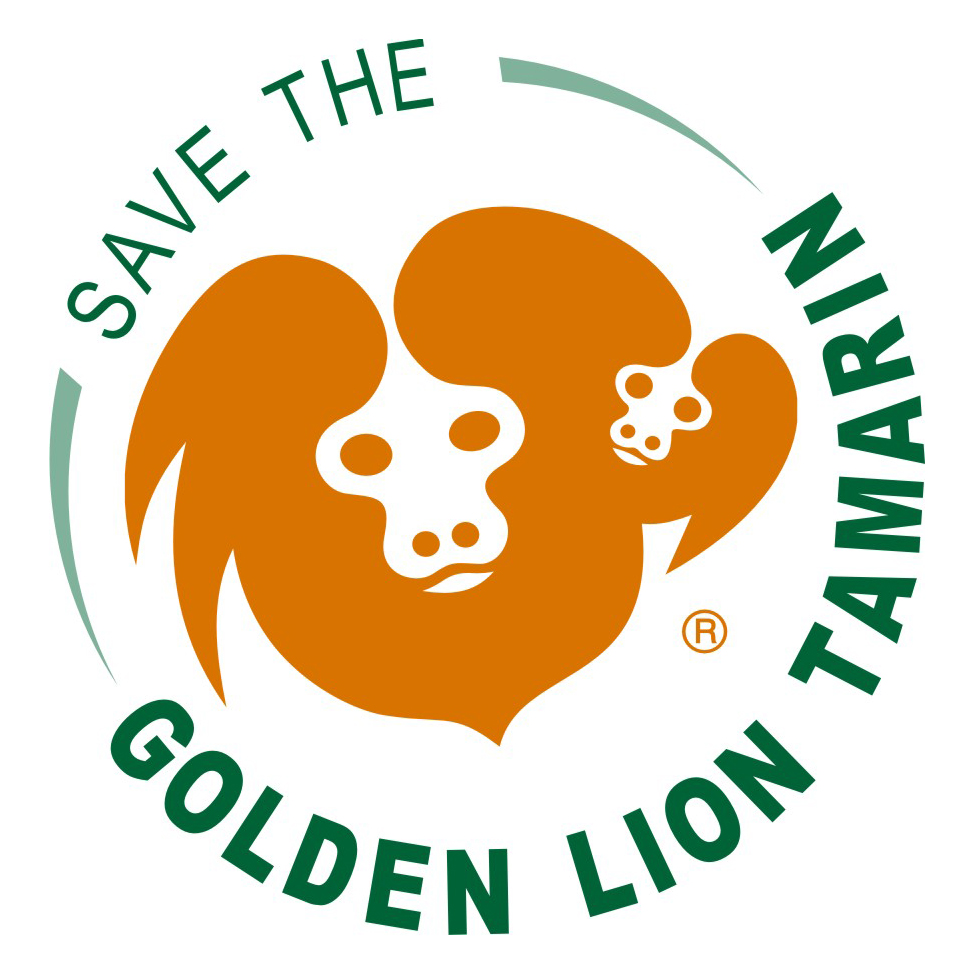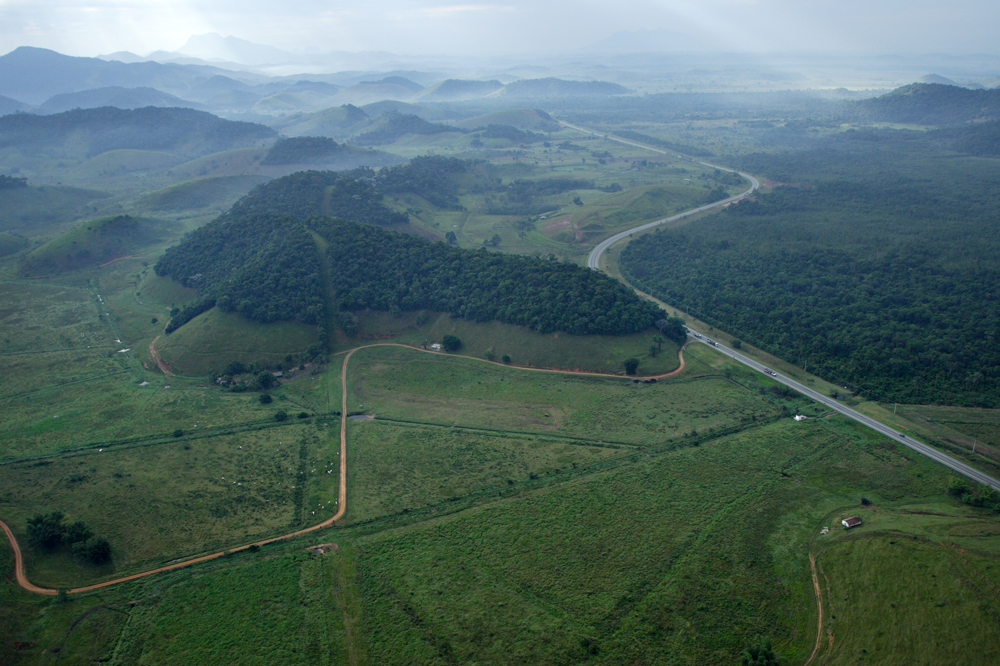Golden Lion Tamarins

A fact sheet for golden lion tamarins is available for download here, or you can download a text-only version in document form and PDF.
The golden lion tamarin (Leontopithecus rosalia) is one of the most threatened primates in the world. Endemic to lowland Atlantic Forest of Brazil, one of the world’s 34 Hotspots – the most threatened and biologically diverse areas on the planet, this tiny red-gold monkey occurred historically throughout the coastal region of Rio de Janeiro State.
With massive deforestation in the region after the arrival of the Portuguese in 1500, the tamarin’s range and population numbers dwindled.
GLTs were on the brink of extinction in the 1960s, with the wild population estimated at fewer than 200 individuals. Deforestation for timber and charcoal production, over-extraction of forest products, agriculture, and cattle ranching, followed by urban expansion, have devastated the tamarin’s habitat, reducing it to only 2% of its original area, fragmented in small islands of mostly secondary vegetation.
Today, GLT distribution is restricted to only eight municipalities in the São João River Watershed, a region of no more than 3,000 km2 (1,000 miles2) located about 100 km (60 miles) from the Rio de Janeiro metropolitan area.
The golden lion tamarin is listed as endangered by IUCN. More information about the reintroduction of GLTs into the wild by zoos can be found here.



